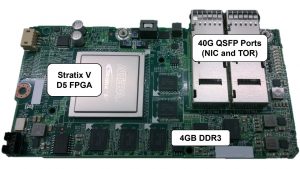Forget hulking tower PCs, here's a Windows 10 machine so small you can fit it in your pocket.
Despite it's phone-like appearance, the Sirius A, made by Dutch hardware firm Ockel, runs a desktop version of Windows 10 and has the ports needed to be hooked up to a monitor, keyboard and network.
Currently seeking funding on Indiegogo, the mini-PC also includes a six-inch touchscreen, 1080p display for use on the go, 64GB in-built flash storage, a microSD booster slot, 3.5mm audio port and a 3,000mAH battery.
But unlike a smartphone, the Sirius A also comes with two USB 3.0, a USB Type-C, HDMI, DisplayPort and Ethernet ports, as well as a 12V power input for when it is used as a desktop. Wi-Fi and Bluetooth connectivity are also included.
To ensure Windows PC software runs on the device, the Sirius A ships with Windows 10 Home 64-bit as an OS, and packs an Intel Atom quad-core processor with 4GB RAM.
Cooling is provided by a heatsink built into the aluminium casing and the Sirius also houses an accelerometer, gyroscope, and magnetometer.
Another possible forthcoming feature is called "switch mode", which Ockel says it's working on with Microsoft to allow the device to function as a mouse or keyboard when attached to a display.
One downside for those hoping to use the portable device, measuring just 85mm x 150mm, on the go might be the battery life, which last about three hours under casual usage.
The campaign for the Sirius A has already passed its $100,000 target, raising $261,371 from 495 backers so far and has 22 days left. During the campaign period, prices start at $549, however the device will sell for $699. Ockel is hoping to ship the finished product in May next year.
Last year Ockel released the Sirius B, which has similar specs to the Sirius A but lacked a touchscreen display.
While somewhat novel, a pocketable Windows 10 device isn't entirely new. The recently released HP Elite X3 allows users to dock the six-inch phone and link it to a monitor and keyboard. The Windows Phone device can run Windows 10 apps and a limited Windows 10 desktop. However, the phone is slightly more expensive, selling for $799.


